The flood season is an opportunity for people in the Mekong Delta to develop aquatic plant growing models for good income.
In the Mekong Delta, during the flood season, water overflows the fields, “liberating” living space for many aquatic species. The flooded fields, ponds, and lakes along the rice fields are new habitats for native freshwater aquatic species and aquatic species migrating into the fields to find food, reproduce, and grow. During the flood season, in addition to a larger water environment, the climate is also cooler because it is the end of summer and the beginning of autumn, which is favorable for all species to breed. Shrimp and fish from large rivers entering the fields mostly bring many eggs back to spawn.
Farmer Nguyen Van Thuan (55 years old, in My Thuan commune, Vinh Long province) said that My Thuan commune is located in the "flood center" of Vinh Long province. During the flood season, a variety of wild animals and aquatic products often appear in the fields, canals, ditches, ponds, and lakes. Native species include: snakehead fish, perch, yellow catfish, loach, goby, coconut goby, water snake, elephant snake, fish snake, tiger snake, field mouse, frog, toad, eel, crab, shrimp... Understanding the rules of movement and reproduction of species during the flood season, people here have long known how to exploit and catch aquatic resources, wild birds and animals in the fields, canals to make a living and have more income.
In early September, going around the "flood center" of Vinh Long province, this area formerly belonged to Binh Tan district, Long Ho district and Binh Minh town of Vinh Long province (old). Although the water level of the full moon tide of the 7th lunar month was not very high, many fishing activities during the flood season were carried out. In the flooded fields, there were nets, nets, drag nets, and drag nets... At the foot of gardens, ponds, and ditches, there were traps, nets, nets, and hooks... In the canals, there were traps, nets, cast nets, nets, and spring nets...
Through discussions with some farmers, due to the scarcity of natural aquatic resources, wild animals are difficult to catch and thanks to the propaganda and mobilization of local authorities, people are increasingly aware of exploiting and protecting aquatic resources. Most of them hunt fish with "friendly" tools for the environment. Many households have also begun to develop models of aquaculture in the flood season such as eels, frogs, crabs, snakes...
According to some farmers, during the flood season, many aquatic plants (aquatic plants) that are beneficial to humans grow strongly thanks to alluvial nutrients and an improved water environment due to the flood water removing acidity, washing away alum and saltiness, such as water caltrop, lotus, water lily, spinach, water mimosa, water hyacinth, cool vegetables, and water fern...
Taking advantage of that, many farmers have implemented models of growing aquatic plants for good income. In Tan Hanh ward (Vinh Long province), there is a model of growing Taiwan caltrop during the flood season that has been maintained for many years with a planting area of 15 hectares/flood season, concentrated in Tan Thuan, Tan Nhon, Tan An and Tan Hiep hamlets. Households growing caltrop here said that the flood season caltrop season lasts 4-5 months, planted in the 5th-6th lunar month, harvested in the 9th-11th lunar month. The caltrops can be harvested after about 3 months of planting. Each crop is harvested 2-3 times, with a yield of 1-1.2 tons/cong/crop. In years with big floods, the yield of Taiwan caltrop is quite high, from 1.5-1.8 tons/cong/crop. Although not a crop with high economic value, growing water caltrop during the flood season has been bringing a regular source of income, helping people here stabilize their lives. This year, the flood forecast is small and it is a leap year with two June months of the lunar calendar, so the water caltrop crop is planted later than usual.
In addition, in some remote hamlets of Tan Hanh ward, there is also a model of growing water hyacinth to cut the stems and sell them. For decades, many households here have had a stable income thanks to the model of growing water hyacinth by cutting the stems on canals and ditches. Growing water hyacinth not only helps people have a regular income but also keeps the canal banks from eroding. A farmer in Tan Thanh hamlet, Tan Hanh ward said that water hyacinth can grow green all year round, but during the flood season, the plants grow better, with longer stems, thanks to the rich alluvium in the canals and ditches. After 3-4 months of planting, the stems of water hyacinth are about 4-5 inches long and can be cut. The fresh stems are dried in the sun for 3-4 days until they are dry enough to be sold. With the price of dried water hyacinth stems during last year's flood season at 7,500-8,000 VND/kg, every 3-4 days, water hyacinth cutters can earn 200,000-300,000 VND without any cost, just taking the labor as profit...
However, according to scientists and agricultural and irrigation managers, the flood water flow from upstream to the delta tends to decrease, making the flood distribution area and water retention time on the fields shorter. From there, production models during the flood season also "shrink" gradually with the small floods; combined with overfishing, many aquatic species and wild birds and animals are increasingly absent from the fields during the flood season.
Therefore, people in the Mekong Delta need to appreciate, be more aware and take more appropriate actions in exploiting the benefits brought by floods. It is necessary to shift investment to develop aquaculture models and crop models suitable to flood conditions and trends to gradually replace the practice of catching aquatic products, wild birds and animals or leaving fields bare during the flood season, in order to both increase income, develop the economy and protect the ecological environment in a stable and sustainable manner.
Article and photos: HANH LE
Source: https://baocantho.com.vn/phat-trien-cac-mo-hinh-san-xuat-mua-lu-a190748.html


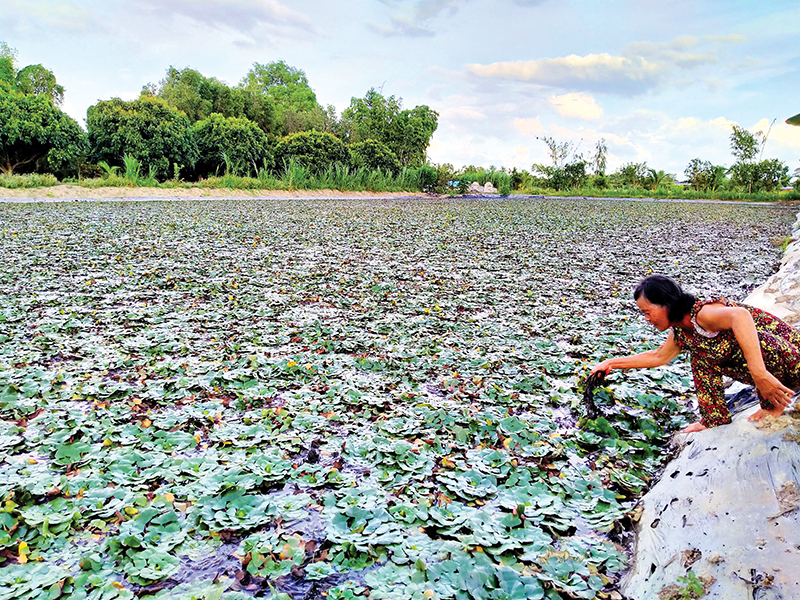














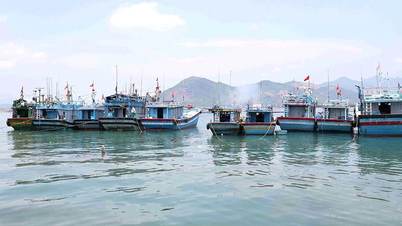

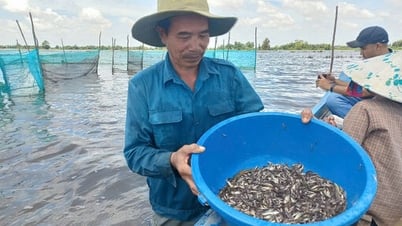

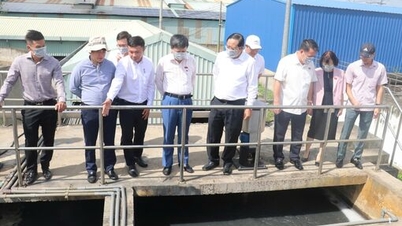


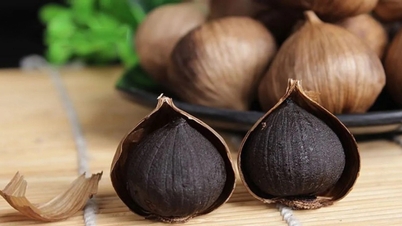


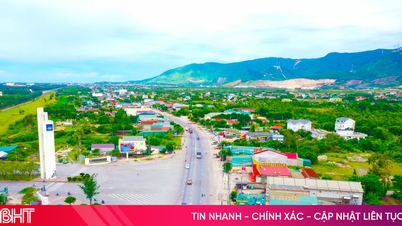

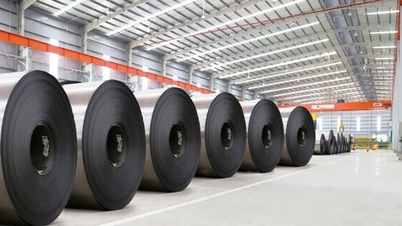




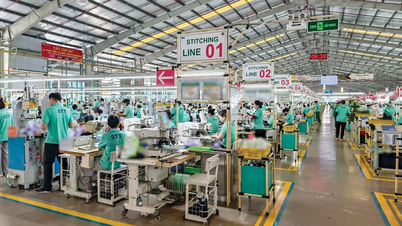
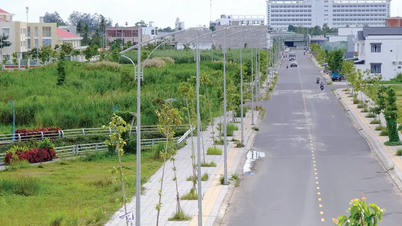


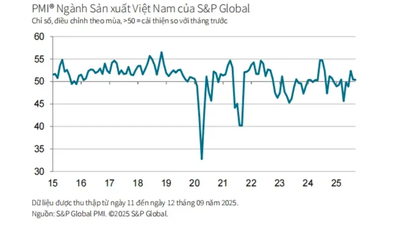
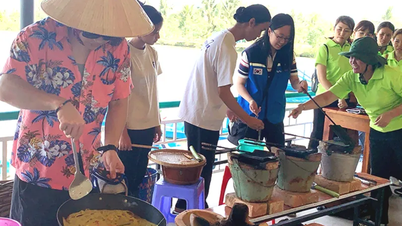













































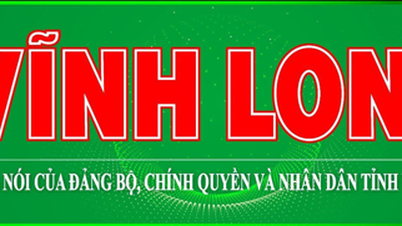

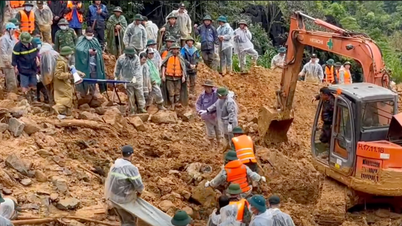

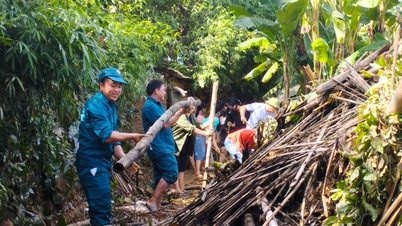

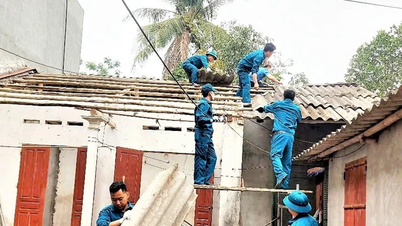














Comment (0)